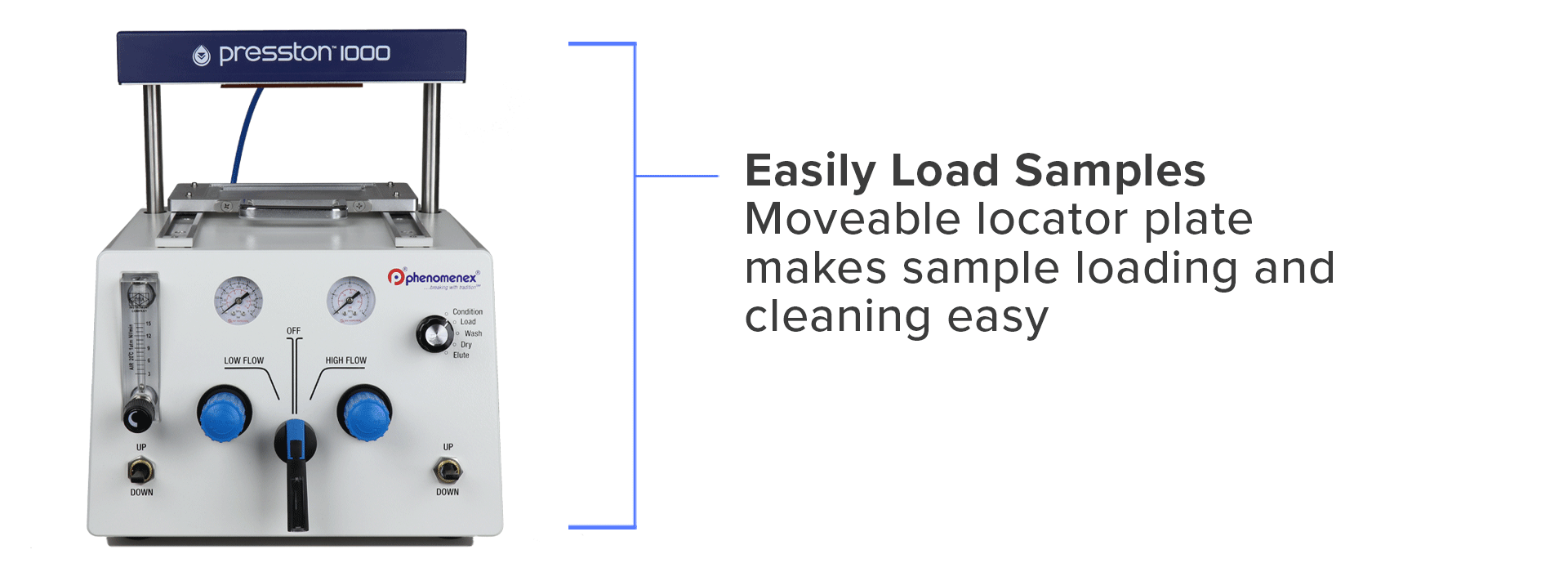Sample Preparation
Level: Basic
How is normal phase (NP) SPE different from reversed phase (RP) SPE? How do I decide which one to use?
Normal phase SPE uses polar interactions as retention mechanism. These interactions include hydrogen bonding, dipole-dipole, induced dipole, π-π, etc. The interactions are between polar functional groups of analytes and polar sorbent chemistries
Reversed phase uses nonpolar, hydrophobic interactions as retention mechanism. These interactions include Van-der-Waals, London dispersion, π-π, etc. These interactions are between carbon rich, hydrophobic parts of both analytes and sorbent.
When dealing with sample matrices that are only soluble in organic solvents, one would use a normal phase method. Examples of such matrices are oil, grease, or butter.
Ideally, the sample is diluted with a nonpolar solvent (i.e. hexane) prior to sample loading. The sample can then be washed with hexane or 5% methylene chloride in hexane (analogous to washing with 5% MeOH in water in RP SPE methods to remove matrix interferences). Elution will be done with a polar solvent that can interrupt polar interactions between analytes and sorbent.
Fractionation can be done by applying solvents in the order of increasing polarity or mixtures of solvents with different polarities.
Below is a quick reference of solvents in ascending polarity, for Normal Phase SPE methods.
Solvents in Polarity Order
| From high to low |
|---|
| Hexane |
| Isooctane |
| Carbon tetrachloride |
| Toluene |
| Benzene |
| t-butyl methyl ether |
| Chloroform |
| Dichloromethane |
| Diethyl ether |
| Ethyl acetate |
| Tetrahydrofuran (THF) |
| Acetone |
| Acetonitrile |
| 40% MeOH in acetonitrile |
| 20% MeOH in diethyl ether |
| 20% MeOH in dichloromethane |
| Isopropanol |
| Methanol |
| Water |
| Acetic acid |



